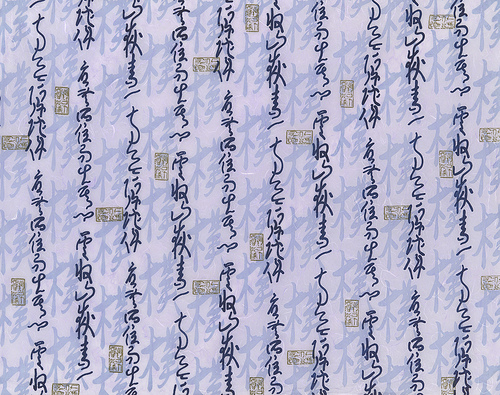
It’s rather startling to read contemporary poetry that rhymes. And Pity the Beautiful: Poems by Dana Gioia is startling in exactly that way, and more.
There’s a name for this, of course; we have to give everything a name: The “New Formalism.” It reaches back to a time when most poetry did indeed rhyme, and was metrical as well. It was also a time (roughly pre-World War II, perhaps a little earlier) when poetry has a much broader appeal than it does today. Newspapers, for example often published poetry on a daily basis. The poets associated with the New Formalism include Mark Jarman, Howard Nemerov, Donald Justice, Mary Oliver – and Dana Gioia.
Even after World War II, rhyming poetry was still taught to schoolchildren. I can remember learning (and doing a class-in-unison recital) of Longfellow’s “Paul Revere’s Ride” in the fifth grade. It was nationalism and poetry and performance art in one nice package.
And that is partially the point Gioia makes in Can Poetry Matter?, his collection of essays about poetry and American culture, that the post-war shift of poetry largely to academia essentially shut the door on poetry for the public. Poetic forms and techniques like rhyme (and meter) were largely abandoned.
Gioia has been working to resurrect both more traditional poetry and “Poetry for the public, ” and Pity the Beautiful is more than a nod in that direction.
The important point about rhyme is that it’s memorable and accessible, and it makes recall easier. Consider the opening lines of Gioia’s poem “The Reunion:”
This is my past where no one knows me,
These are my friends whom I can’t name—
Here in a field where no one chose me,
The faces older, the voices the same.
It’s not only rhyme that’s at work here; meter and cadence are strong elements as well. Say the lines aloud – they’re written to be read aloud.
Not all of the poems in the collection are “new formalist, ” but they share elements of similarity, particularly in how they flow in an orderly, formal way.
The poems are also distinguished by their subjects, like freeways, shopping, a children’s hospital (a poem that is particularly moving), an apple orchard, a coat. These are subjects and themes that are familiar, recognizable, without abstraction. And each has a kind of narrative flow. One poem, “Haunted, ” is a story of what might be love found and lost.
What differentiates these poems from older poems like Longfellow’s is the language – it’s contemporary. Gioia avoids ornate or complex words; instead, he aims for the simple, often paired them in rhyme, and their simplicity is the power of each poem.
Photograph by Bellevue Fine Art Repro (Scott). Sourced via Flickr. Post by Glynn Young, author of the novels Dancing Priest and the recently released A Light Shining.
________________
Buy a year of happy work mornings today, just $5.99. In February we’re exploring the theme Purple, Plum, and Indigo.
Now you can easily follow our new Poetry at Work posts. Add one of our Poetry at Work badges to your blog or website today!
- Poets and Fables: Steven Flint and “The Sun and the Boy” - July 3, 2025
- Poets and Poems: Alison Blevins and “Where Will We Live if the House Burns Down?” - July 1, 2025
- Poets and Poems: Paul Pastor and “The Locust Years” - June 26, 2025


karen ritch says
Rhymes seem relegated to songs now.
Maureen Doallas says
Reading this, I couldn’t help but think of the alleged outcry about Richard Blanco’s poem for Obama’s inauguration – that it didn’t rhyme; so, it was implied, how could it be poetry?!
Too often, it’s assumed rhyme occurs only with end words. The best poets use know how to use slant rhyme, internal rhyme, etc., as well as the rhymes required in formal poetic forms. In addition, how a line ends and is read (e.g., enjambment) can be used effectively with rhyme to offset any sing-songy quality.